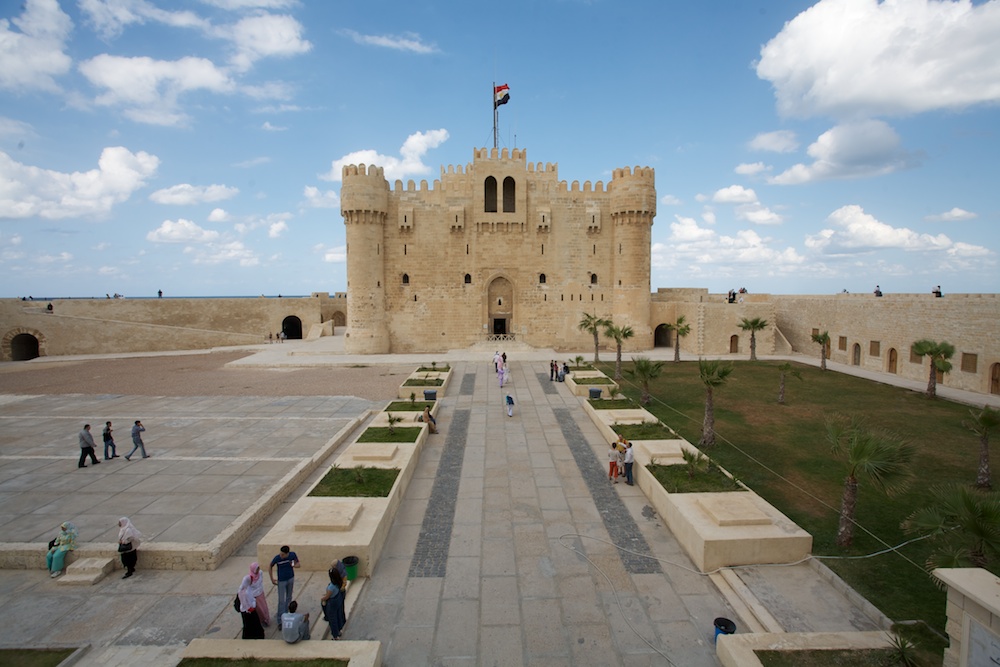All About Egypt
Welcome to All About Egypt; and here, everyone can get information on anything to do with Egypt, and of course some great ideas for any Egypt vacation. The land of great pyramids and pharaohs is a perfect vacation getaway for those who want to escape from the monotonous life of all work. In Egypt, one can take a leisurely stroll under the bright sun. A tourist can see numerous historical sights, go shopping in the business and cultural hubs. With so much fun to offer, this country by the Nile is no doubt a perfect getaway.
But some historical background first. Egypt is a country of an ancient, great civilization with a rich history; and it is famous because it figures mostly in the Bible’s Old Testament. Their annals go back to Mesopotamian times, and can go even farther backwards. Egyptians have had famous pharaohs and queens, and it makes the study of ancient Egypt and contemporary Egyptian history a very subject. It also makes a trip to Egypt very exciting and educational. A tourist will see numerous historical monuments and ancient structures; in them one will encounter names of Egypt’s pharaohs and queens like Nefertiti, Ramses, Tutankhamun and Cleopatra who greatly influenced world art and literature. The tourist can also learn the sophisticated society of ancient Egyptian people. Because religion and mythology were very important to them, Egypt’s gods were very much revered and worshiped. Egypt’s pyramids and sphinxes like the Great Pyramids of Giza, Saqqara Pyramids and Dahshur Pyramids are burials and monuments of their famous kings. These massive, eternal buildings come in different styles and sizes. A tourist can also do the Egypt Cruise Nile, where one can explore the famous Nile River. The must-see spots around the river include the Luxor, Kom Ombo, Edfu, Aswan and Abu Simbel.
But some historical background first. Egypt is a country of an ancient, great civilization with a rich history; and it is famous because it figures mostly in the Bible’s Old Testament. Their annals go back to Mesopotamian times, and can go even farther backwards. Egyptians have had famous pharaohs and queens, and it makes the study of ancient Egypt and contemporary Egyptian history a very subject. It also makes a trip to Egypt very exciting and educational. A tourist will see numerous historical monuments and ancient structures; in them one will encounter names of Egypt’s pharaohs and queens like Nefertiti, Ramses, Tutankhamun and Cleopatra who greatly influenced world art and literature. The tourist can also learn the sophisticated society of ancient Egyptian people. Because religion and mythology were very important to them, Egypt’s gods were very much revered and worshiped. Egypt’s pyramids and sphinxes like the Great Pyramids of Giza, Saqqara Pyramids and Dahshur Pyramids are burials and monuments of their famous kings. These massive, eternal buildings come in different styles and sizes. A tourist can also do the Egypt Cruise Nile, where one can explore the famous Nile River. The must-see spots around the river include the Luxor, Kom Ombo, Edfu, Aswan and Abu Simbel.









